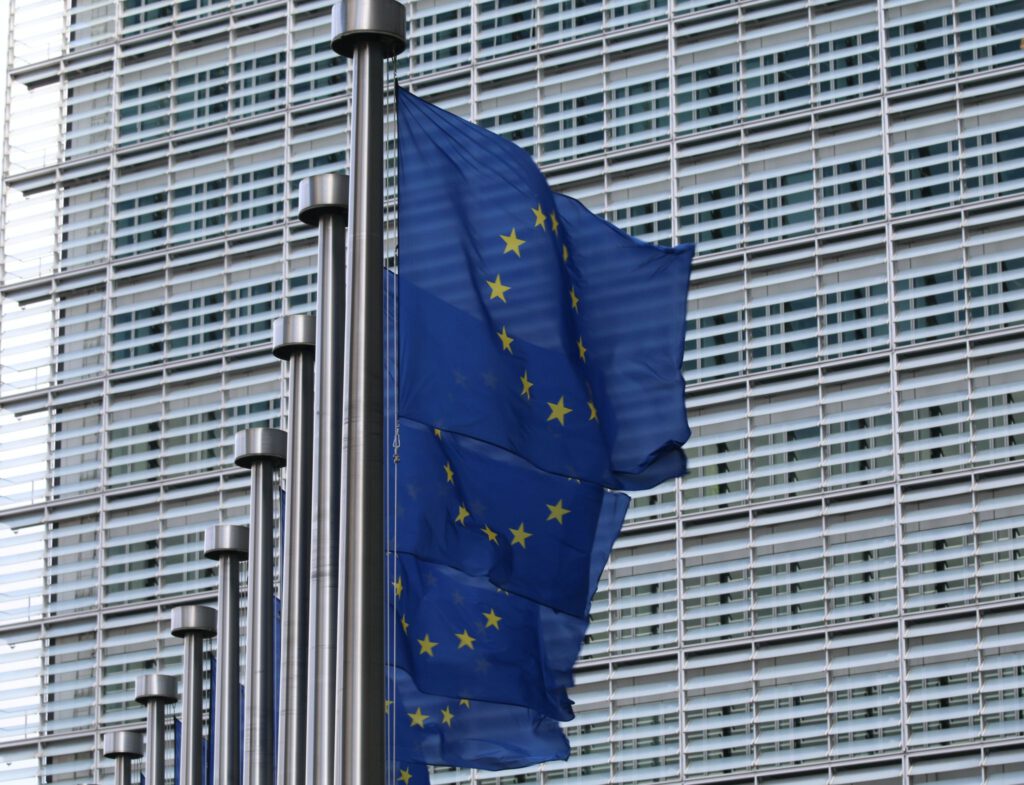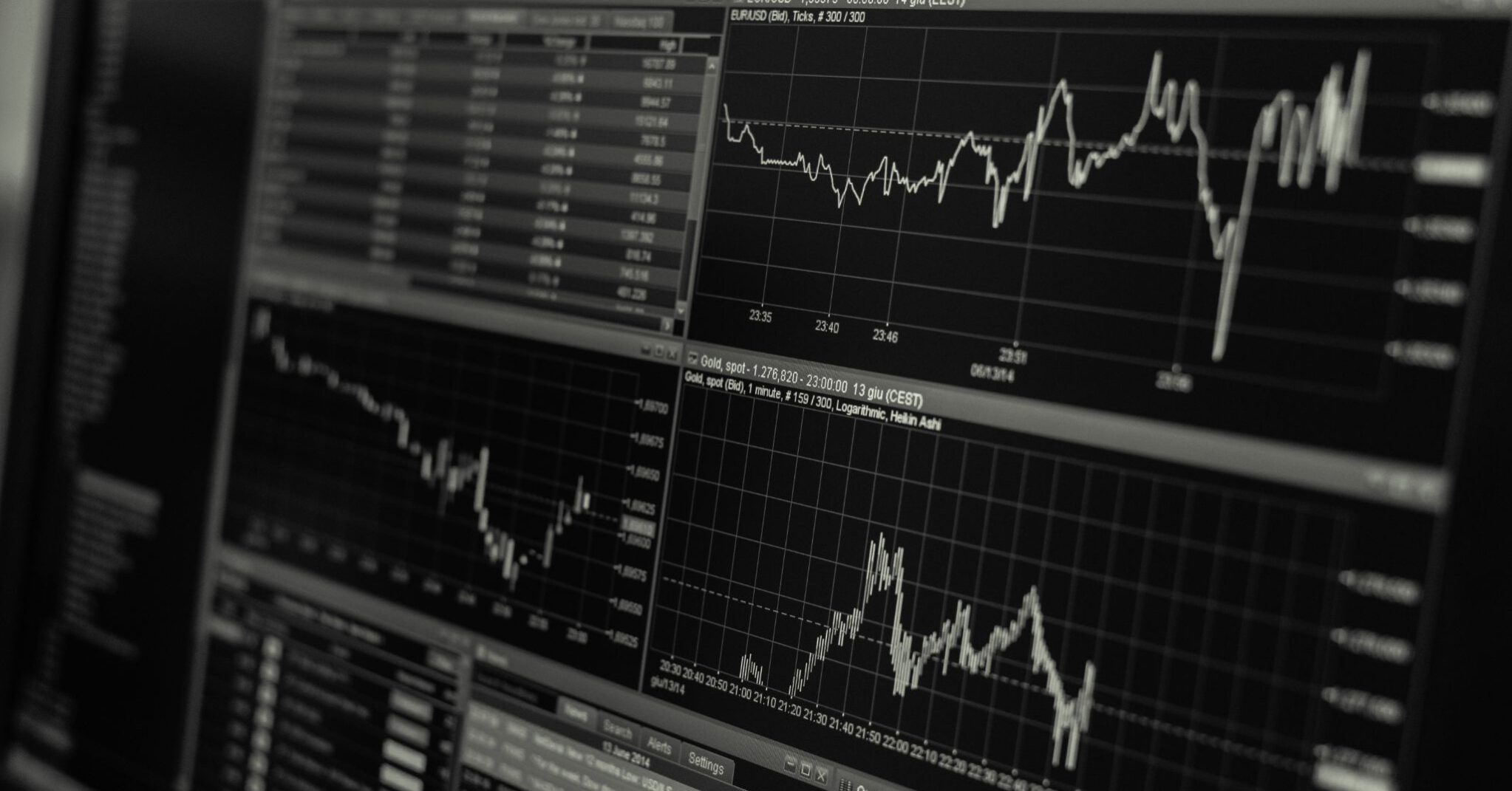The month of June saw the U.S. Dollar strengthened, despite losing some of its gains in the midst of inflation fears last month. The Eurozone last month has also experienced an improved economic outlook. On the other end, the British Pound index slipped with the raising concerns in the postponement of reopenings.
U.S. Dollar’s strong rebound
The Federal Reserve’s taper talk, reopening of the economy and Joe Biden’s infrastructure plan all contributed to the strengthening of the U.S. Dollar in June. During the course of the month, the Dollar index rose from 89.83 to 92.60.
The first few days of June saw the Dollar rise to a two-week high. Investors were primarily focused on President Joe Biden’s proposed $1.7 trillion infrastructure plan that could help boost the economy.
Subsequently, as inflation fears started dominating the markets, the Dollar lost some of its gains. These were soon recovered, as investors anticipated that inflation might cause the Fed to raise rates sooner than expected.

© Aditya Vyas on Unsplash
Near the end of the month, however, the Dollar rebounded strongly. Markets were impressed by the great payroll data and a surge in labor demand, all pointing to a recovery. The Federal Reserve stated that it was prepared to use the policy instruments at its disposal to combat inflation.
Concerns over ECB’s monetary policy
June opened with a sharp rise in European bond yields. Improved economic outlook saw investors divest from bonds and put their money in the stock market. The ECB responded by extending its bond purchasing program.
The ECB Governing Council avoided taper talk in its June meeting. In contrast to the Fed, the ECB avoided signaling when it might start ending its pandemic stimulus program.
ECPB President Christine Lagarde said that it is “essential that monetary and fiscal support are not withdrawn too soon.”

© Guillaume Périgois on Unsplash
This raised concerns among investors regarding how long the ECB will keep up its vast monetary stimulus. The Euro index dropped from 121.57 to 118,77 over the course of the month.
Slipping Pound Sterling amidst postponed reopenings
At the beginning of the month, the pound was strengthened by lifting the pandemic restrictions, strong economic data and hawkish comments from the Bank of England. BoC has kept its main interest rate at 0.1%, a record low, as the Monetary Policy Committee voted unanimously to keep the borrowing rates unchanged.

© Kai Pilger on Unsplash
Bank of England Deputy Governor Dave Ramsden stated that the BoE is carefully monitoring the UK housing market for possible signs of sustained inflation. The average UK house price saw a 10.2% climb this year up until March.
The inflation—measured by the UK’s consumer prices index—was at 1.5%, expected to rise above the 2% target in the upcoming few months.
However, the combination of the UK postponing reopenings, concerns over the EU trade deal and declining retail sales caused the pound to slip. The Pound Sterling index dropped from 141.53 to 138.28 during the course of the month.
Hawkish Bank of Canada
The Canadian Dollar remained strong against the US dollar at the beginning of the month, pressing against the psychological support at 1.2000 that held for two weeks prior.
However, the exchange rate was tipping in the favor of the Canadian dollar. Rising oil prices and a hawkish Bank of Canada were contributing to the strengthening CAD.

© Tom Carnegie on Unsplash
BoC left its key interest rate at a historical low, maintaining its pace of bond purchases. Policy makers led by Governor Tiff Macklem retained the pledge to not raise the policy rate of 0.25% until the damage from the COVID-19 pandemic is fully repaired.
On June 14th the CAD to USD exchange rate took off, reaching 1.25 by June 18th. The exchange rate remained elevated for the entire June, but it did not surpass that level.
Unchanged monetary policy for Japan
At the beginning of the month, Japanese Prime Minister Yoshihide Suga announced that the government is striving to bring its primary balance to surplus.
The Bank of Japan kept its monetary policy unchanged after the two-day review meeting in June. However, the disappointing PMI results put pressure on the currency.

© Clement Souchet on Unsplash
The underperformance of the PMI numbers saw JPY slip against the US dollar. USD reached nearly JPY111.0, the highest level since March.
Japan’s relatively low vaccination rate has raised concerns that new, more communicable coronavirus variants might force renewed restrictions.
Wrap Up
While the overall positive outlook to the recovering economies, strengthened by tighter monetary policy positions from Bank of England and Bank of Canada, seemed to remain, factors like inflation fears in the U.S., postponed reopenings in the UK and slow vaccination rate in Japan have left a dent and saw some of the currencies slip.




